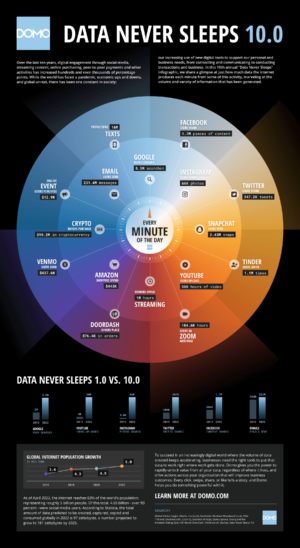NOW.
Literally now.
If you are thinking about doing a startup, want to be an entrepreneur or create something of your own, there is no better time than RIGHT NOW.
There is no uniform age, timeline, state, region, phase, moment or any other factor that guarantees the best time to do a startup.
I like to watch this Ted talk by Bill Gross from time to time to remind myself why start-ups succeed.
I used to have an illusion/perception that I need to have a decent amount of money to start a business. Yet when I did start a business, it was more than just money that I needed. I learned about the importance of having a solid business and technical team members, balancing product development and marketing, public relations and network and countless other valuable lessons that I learned only because I started the business.
I believe that if you are thinking of doing a startup or want to go into entrepreneurship, the earlier the better.
For example, let’s say you are 25 now, have an idea and want to build your own company. If you wait 5 years (at 30 years old) to start implementing that idea, the market might have changed, other companies might implement similar idea(s) and you are late to the market, you have other priorities now (family, job etc) among others. On the flip side, if you wait you might be gaining experience in a particular domain that can help build your company or have more financial resources to venture on your own.
I strongly believe that if you have an idea and want to build a company, the best move you can make is to start it. The immediate benefit of starting now will give a lot of momentum to your idea/venture, you will learn tremendously by experimenting and getting feedback from the market/customers/non customers etc. The learnings from starting a business will be exponential. If you start as early as you can, you will gain experience that will be very valuable to the success of your idea/business and also as an entrepreneur.
Doing entrepreneurship is both an art and a science.
I can’t wait to see what you create in the world. Now.



